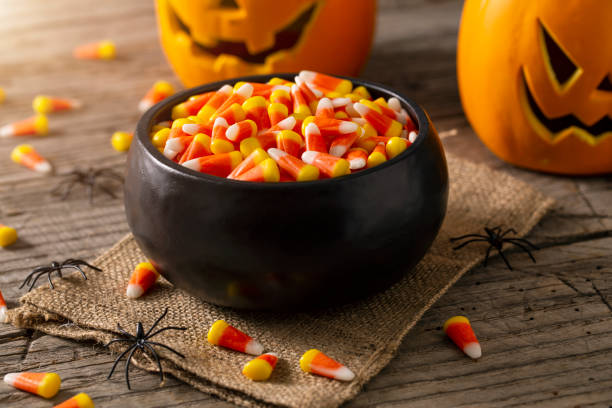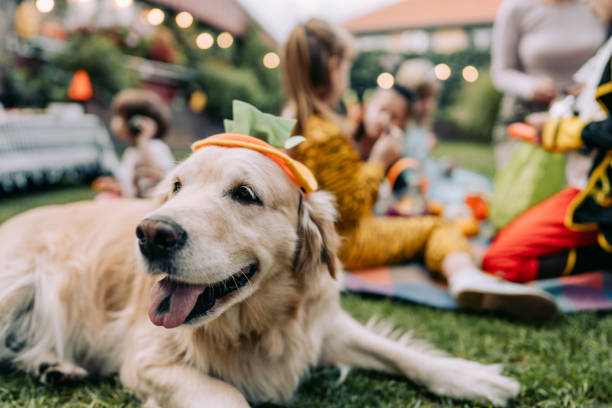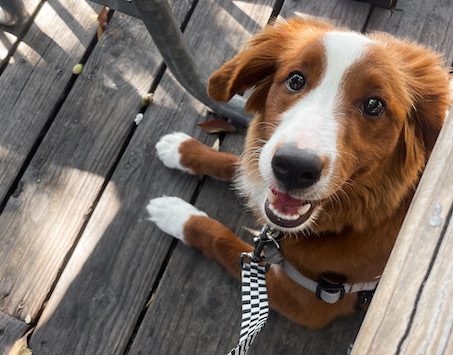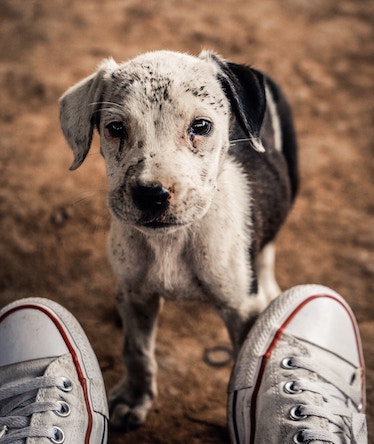
The first step to bringing your new puppy home is to puppy-proof your home and purchase a list of puppy supplies. You want to make sure your puppy is set up for success the second their paws enter your household. To you, your home may be a comfortable, safe sanctuary. To a new puppy, it’s a large jungle gym filled with chew toys galore. Before bringing your new puppy home, we recommend taking a deep look around the house to make sure it is safe for the curious puppy.
New Puppies Need Constant Supervision
Keep in mind that new puppies require supervision in the house. One of the most common issues is puppies running out of eyesight and chewing things like your favorite sandal or pottying in the corner. For now, your puppy will have to be within eyesight at all times. One of the first things you can do to puppy-proof your home is to block off certain rooms of the house. Alternatively, if your house has an open floor plan, we recommend tethering the puppy with their leash to a sturdy piece of furniture to help keep them close. The tether spot can move to different furniture or rooms, and it does narrow down the locations that need to be puppy-proofed. When you are not able to supervise your puppy, they should be put in a safe space like a crate. Crates or kennels are recommended by trainers because the small space discourages accidents and they won’t have access to any hazardous items to chew on. Puppy playpens can be substituted for a crate if the puppy cannot climb out and they are not pottying in the pen.

New Puppies Should Have Limited House Access
Given that your new puppy will have limited access to the house, you only need to puppy-proof a few areas. In these areas, you want to pick up any small, loose items that your puppy may chew on or swallow. These may include forgotten socks, food, wrappers, children’s toys, shoes, small rugs, books, throw pillows, etc. Also, make sure to remove any electronic cords from the puppy’s tether space. Before bringing your new puppy home, also do an initial sweep or vacuum of any spaces the small pup may crawl under.
Give Your Puppy Plenty of Appropriate Chew Toys
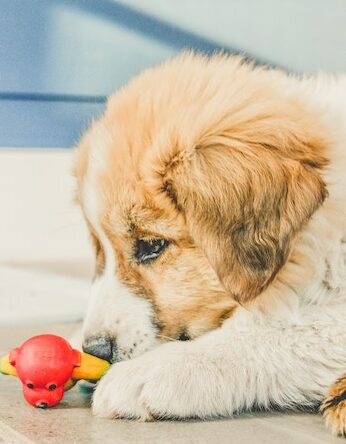
Next, it’s essential that the puppy has plenty of appropriate chew toys. We recommend the puppy always has access to 8-12 hard-textured toys like Kongs, Nylabones, Benebones, and unfilled cow bones. We have found that plush and rope toys encourage shredding, which often transfers to furniture, rugs, and pillows. This does not mean that your puppy can never have plush toys, just wait until they have passed the chewing phase of their development.
If you have applied these recommendations and still feel overwhelmed with your puppy, schedule a free consultation with our Co-Founder Sean Savage and he’ll give you the most accurate training recommendation. Our Austin in-home puppy training programs are personalized to support your lifestyle and set both you and your puppy up for success!
*This page contains affiliate links. If you choose to purchase after clicking a link, we may receive a commission at no extra cost to you.*

